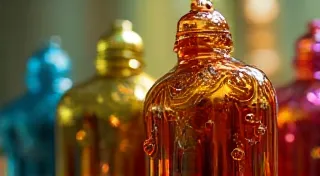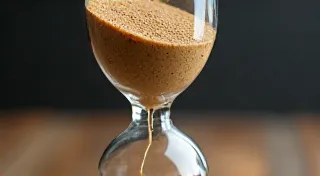Beyond the Nib: Mastering the Art of Vintage Pen Casing and Storage
There’s a profound satisfaction in holding a vintage pen. More than just a writing instrument, it's a tangible link to a past era, a testament to artistry and ingenuity. We often focus on the nib – its flex, its responsiveness, the way it dances across the page – but the preservation of these treasures extends far beyond the point of contact. The casing, the storage, the environment they inhabit; these are crucial to their longevity and the ability to continue experiencing the magic they hold. It's about more than just protecting them from physical damage; it’s about revering the history encapsulated within.
I remember the first time I truly understood this. I'd acquired a Sheaffer Lifetime Balance Loop, a beautiful example of early 20th-century American craftsmanship. I’m an avid collector of antique accordions too. There’s a surprisingly close parallel between appreciating a well-made pen and a beautifully restored accordion; both represent dedication, precision, and an inherent elegance that transcends mere functionality. My initial excitement led me to excitedly start writing with it, neglecting to consider the delicate nature of its celluloid body and the potential for environmental damage. A careless placement resulted in a minor crack, a visible flaw on what had felt like a pristine artifact. That moment served as a harsh but valuable lesson: even the most resilient objects require respect and proper care.
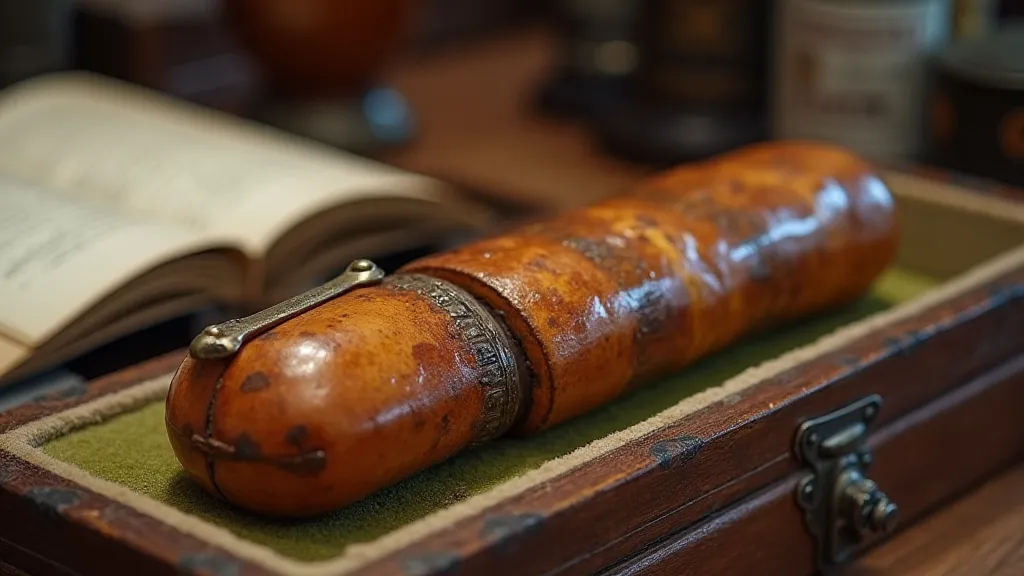
The Historical Context of Pen Casing
Consider the time when these pens were originally manufactured. Many were designed to be carried in pockets, often without the protection we consider essential today. Simple pocket pouches were common, offering minimal defense against scratches and impacts. As pen collecting grew, so did the demand for specialized casing. Early pen cases were often crafted from leather, sometimes embossed with elaborate designs reflecting the owner’s status and taste. Later, hard-shell cases, often made from materials like Bakelite or other early plastics, emerged as a popular choice for traveling or safeguarding valuable pens. The evolution of pen casing reflects the changing priorities and aesthetics of each era. Some early pen retailers also provided custom-fitted cases for their most expensive models, demonstrating a commitment to both quality and presentation. Examining the history of writing tools can often reveal much more than just their function; it’s a window into the cultural and technological shifts of an era, much like understanding the nuanced evolution of ink itself, a topic thoroughly explored in “The Obsidian Quill: Tracing Ink's Echoes Through Generations.”
Choosing the Right Casing: A Matter of Protection and Presentation
Selecting the ideal casing for your vintage pens isn's a superficial matter. It’s about balancing protection with aesthetics. Hard-shell cases are, undeniably, the most secure option. They provide a robust barrier against physical impacts and are a sensible choice for pens that are frequently transported or handled. However, the rigid nature of hard cases can also, in some instances, exacerbate existing cracks or weaknesses in brittle materials like early plastics. Lining the interior with a soft, cushioning material is essential to mitigate this risk.
Leather cases offer a more elegant, albeit less protective, alternative. The natural pliability of leather can be a benefit, conforming gently to the pen’s shape and preventing stress points. However, leather is susceptible to moisture damage, mold, and insect infestation. Regular conditioning is vital to maintain its integrity, and storing leather cases in a dry, well-ventilated area is paramount.
For pens that are primarily displayed or stored, a simple velvet-lined box can be a beautiful and effective solution. The soft velvet protects against scratches and provides a luxurious presentation. These boxes are also easier to organize, allowing you to curate a small collection and admire the craftsmanship of each piece.
The Silent Enemy: Humidity and Temperature
Beyond the physical casing, the environment surrounding your pens plays a critical role in their long-term survival. Humidity is arguably the most significant threat. Excessive moisture can lead to corrosion of metal components, swelling of celluloid and early plastics, and the growth of mold. A controlled environment is therefore crucial.
Ideally, pens should be stored in a cool, dry place with a relative humidity between 40% and 60%. Using a dehumidifier in your storage area can be an effective solution, especially in humid climates. Silica gel packs, strategically placed within your pen cases or storage boxes, can also help to absorb excess moisture.
Temperature fluctuations are also detrimental. Extreme heat can cause plastics to warp and crack, while sudden temperature changes can create internal stress within the pen's materials. Avoid storing pens in direct sunlight or near sources of heat.
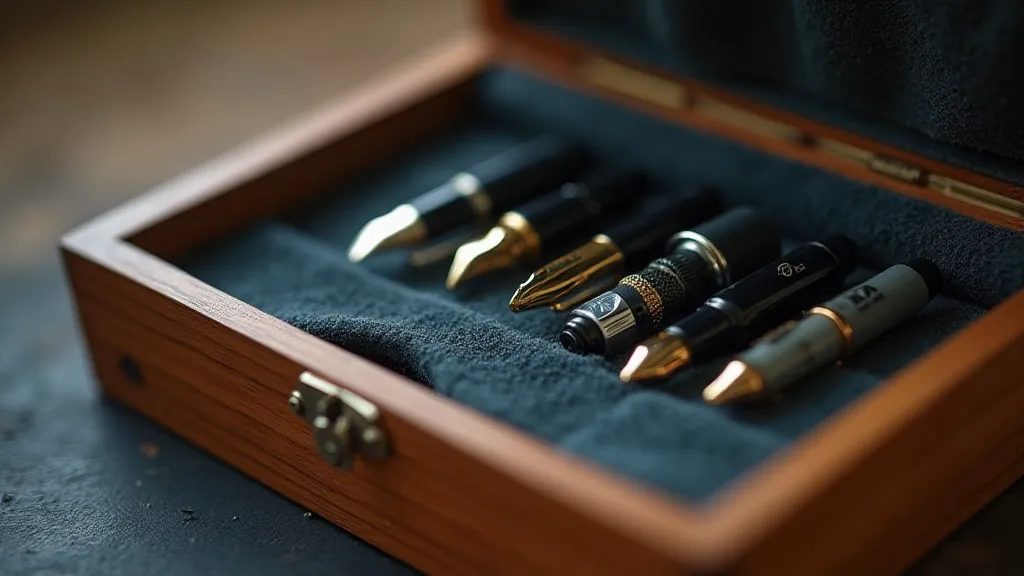
Cleaning and Maintenance: A Gentle Approach
Regular, gentle cleaning is an integral part of proper pen care. Avoid harsh chemicals or abrasive cleaners, which can damage the pen's finish and components. Warm water and a mild soap are typically sufficient for removing surface grime.
For pens with stubborn ink stains or residue, a specialized pen cleaning solution can be used, but with extreme caution. Always test the solution on an inconspicuous area first to ensure it doesn't cause discoloration or damage. Remember that vintage pens are fragile artifacts; patience and a delicate touch are your greatest allies. The subtleties of cleaning and handling these historic writing tools, and experimenting with different inks and papers to best complement their unique qualities, echoes the broader exploration of the alchemist’s craft, discussed further in “The Alchemist's Palette: Experimenting with Vintage Ink and Paper.”
The Importance of Understanding Your Pen’s Construction
Beyond simply protecting the casing, a deeper understanding of a pen’s individual construction – the materials used, the manufacturing techniques – can inform your care practices. Celluloid, for instance, is particularly susceptible to cracking and requires careful handling and storage. Ebonite, while generally more durable, can still be affected by extreme conditions. Recognizing these vulnerabilities is key to preventing damage and ensuring the pen’s longevity. Knowing what materials compose a pen – and how they react to various environmental factors – contributes to a richer appreciation for its heritage.
Preserving the Writing Experience
The beauty of a vintage pen extends beyond its physical appearance; it’s about the writing experience itself. The unique characteristics of a well-worn nib, the subtle variations in ink flow, the tactile feel of the pen in your hand – these are all part of the magic. Proper care and maintenance not only preserve the pen's physical integrity but also help to maintain that writing experience for years to come. It's about ensuring that future generations can also appreciate the artistry and craftsmanship of these remarkable objects.
Beyond the Artifact: The Emotional Connection
For many collectors, vintage pens are more than just objects; they are emotional connections to the past. They represent a link to a time when things were made differently, when quality and craftsmanship were paramount. Caring for these pens is a way of honoring that legacy, of preserving a piece of history for future generations. The quiet lament of a damaged nib, and the stories it can tell about the past, reminds us of the fragility of time, a topic explored in more detail in “The Inkwell's Lament: How History Whispers Through a Cracked Nib.”
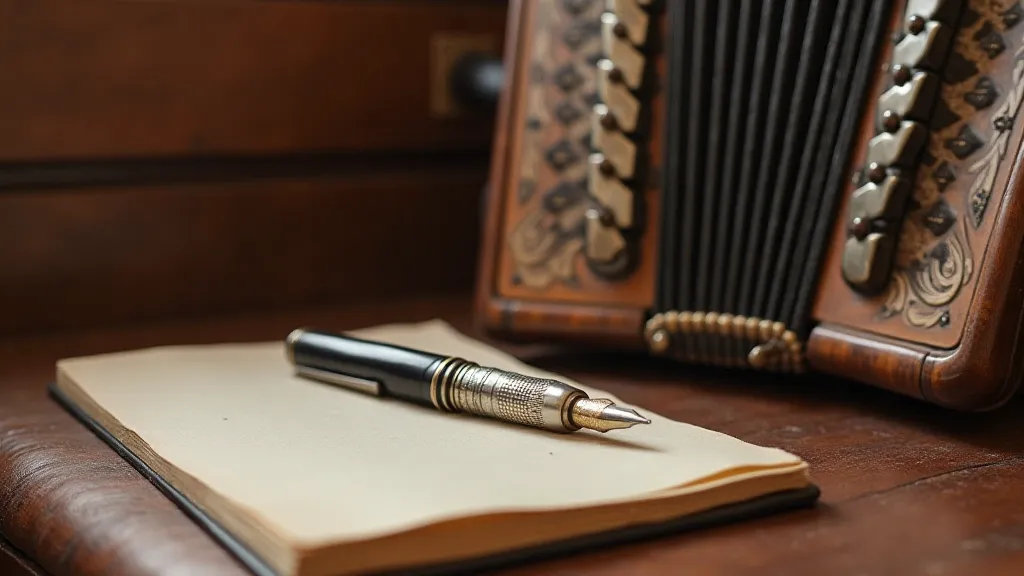
More Than Just Objects: Preserving a Legacy
Caring for vintage pens is more than just a hobby; it’s an act of preservation. We are, in a sense, custodians of history, tasked with safeguarding these beautiful objects for future generations. By mastering the art of proper casing and storage, we not only extend the lifespan of our pens but also honor the craftsmanship and artistry of the past. Each pen tells a story – a story of innovation, elegance, and the enduring power of human creativity. Let’s ensure those stories continue to be told.
The parallels extend beyond preservation. Like the meticulously restored bellows and keys of a vintage accordion, a vintage pen, properly cared for, continues to resonate with a depth of character and charm that modern instruments often lack. It’s a connection to a time when quality and artistry were valued above all else. The ways in which vintage pens have shaped and influenced modern writing styles, creating a continuous thread of creative expression, deserves further investigation.



